
Collector
Service Providers
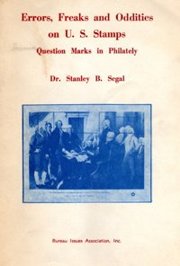
 |
| APS Affiliate #103 |
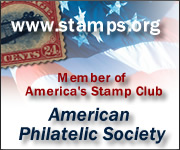 |
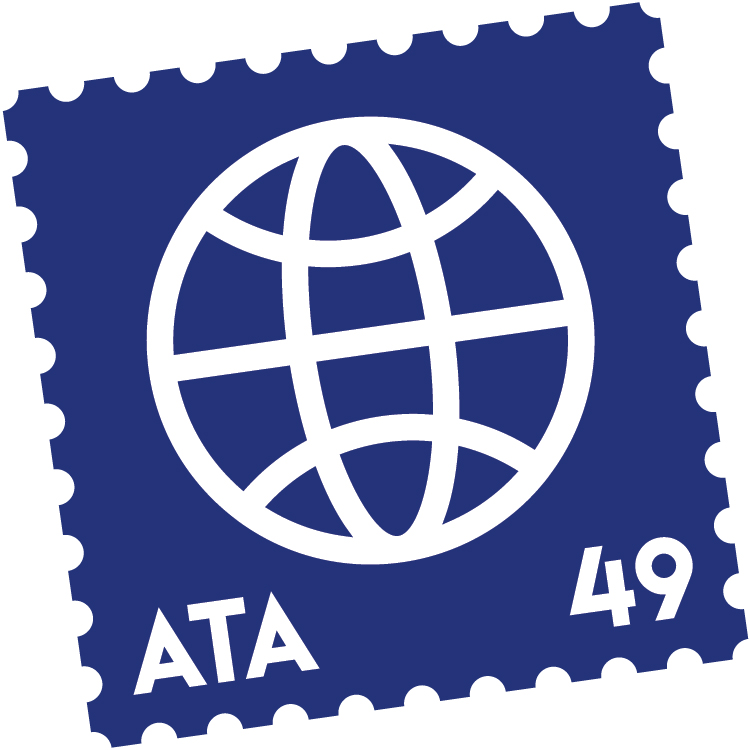 |
| ATA Chapter #94 |
Test Your EFO Knowledge: 2020 Issues
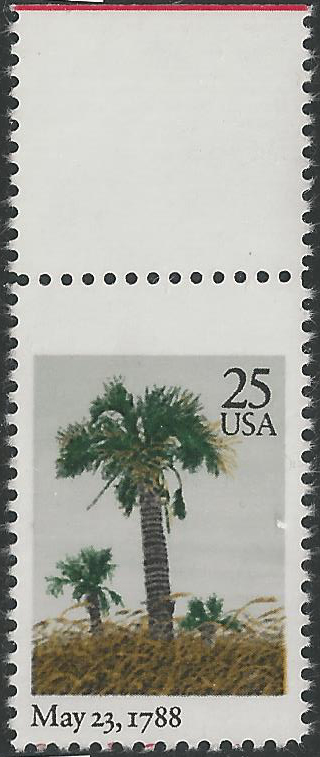
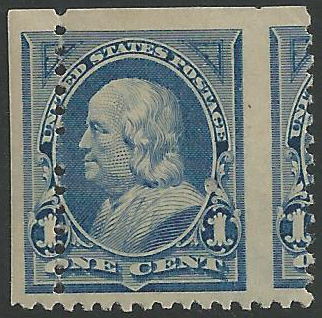
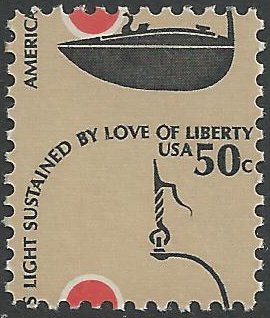

These are all examples of stamps with perforation shifts.
They were all offered for sale at the EFOCC Auction 132 that closed on September 30th, 2013. Here are the Scott numbers and the hammer prices
clockwise from upper left:
| Scott number | Description | Closing price |
|---|---|---|
| 2343 | 25¢ South Carolina misperfed stamp with just a trace of red on the bottom perfs NH | Offered at $75, did not sell |
| 219 | 1¢ Franklin misperf. NH some gum skips. Two perf seps at top. | Offered at $50, did not sell |
| 1608 | 50¢ Lamp perf shift NH | Offered at $10, sold at $11 |
| 2259 | 13.2¢ Coal Car misperfed coil strip of six with plate number 2 on third stamp NH | Offered at $30, did not sell |
These items are not expensive, priced very competitively, and, as of the date of this entry, your webmaster wishes he had purchased them. You could have purchased them at prices listed, plus 10% commission and shipping.
The April-June 2013 issue
of The EFO Collector has more information on this auction.
September 10th, 2020

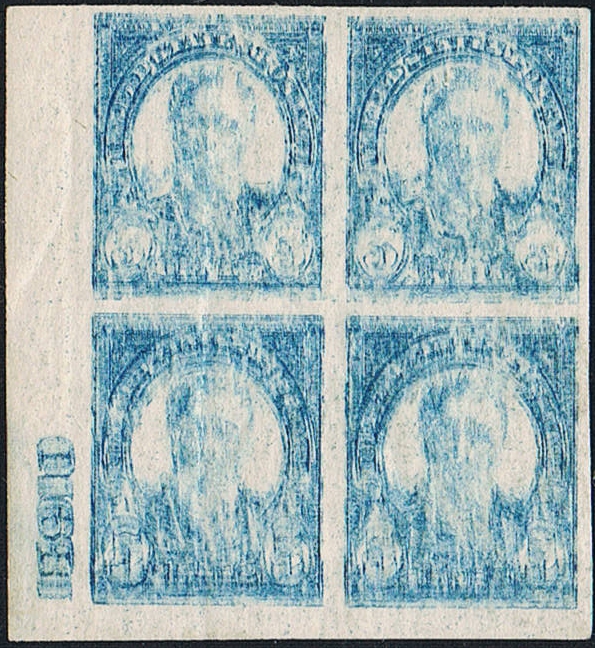
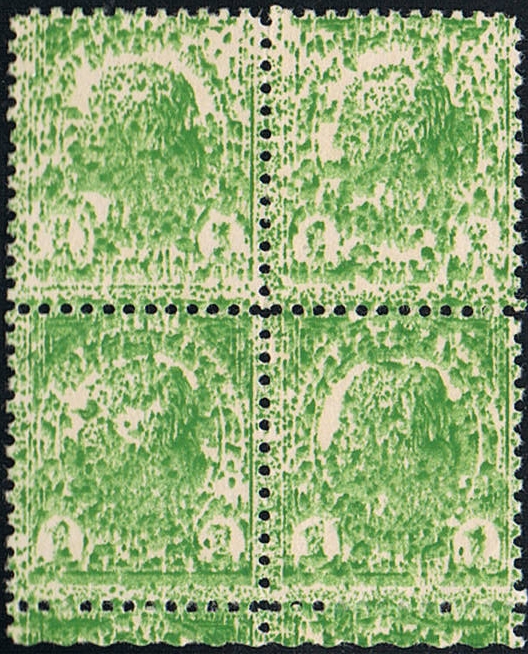
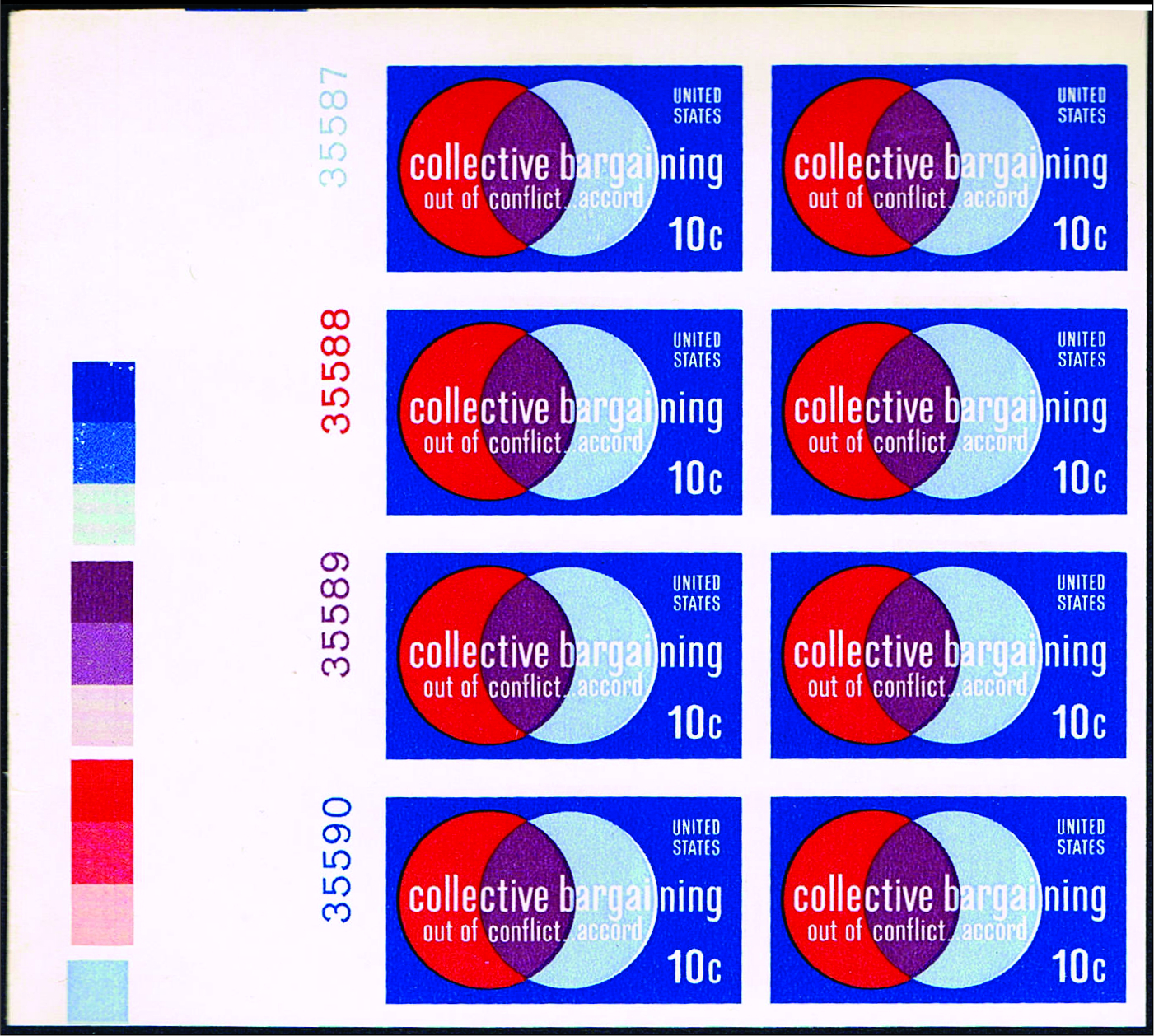
These are all examples of printer's waste.
Every printing operation has waste, and the vast majority of it is destroyed. What reaches the public often is
material that was sold for scrap or was on the way to destruction when someone appropriated it to try to make a
profit. Even though it is tainted as far as collectors are concerned, it is still desirable and often has significant value.
For more on this subject, see this.
The October-December 2012 issue
of The EFO Collector has more information on printer's waste, including the above items.
July 6th, 2020
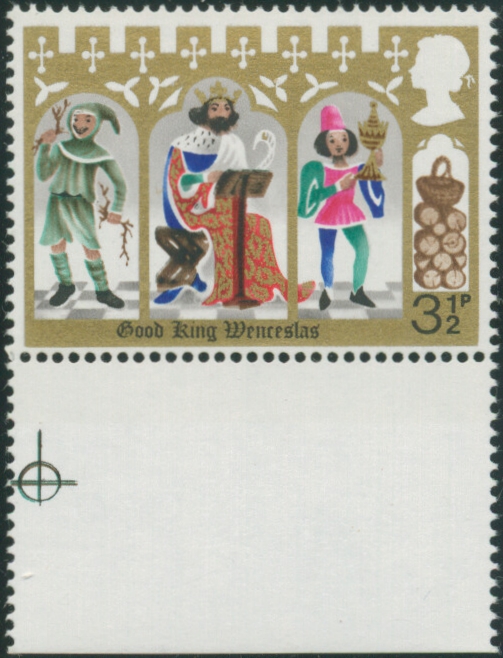
omitted.jpg)
omitted.jpg)
omitted.jpg)
omitted.jpg)
omitted.jpg)
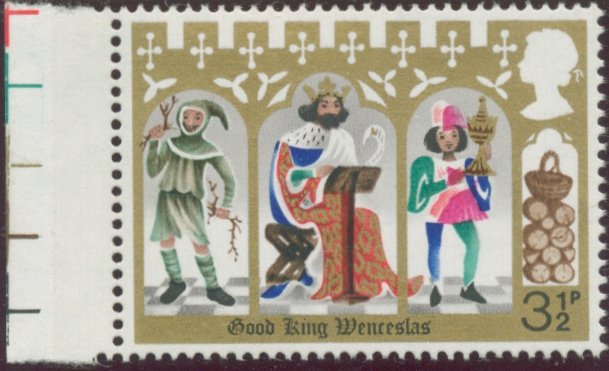
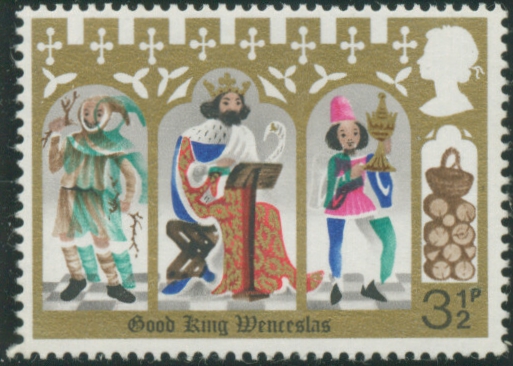
The Good King Wenceslas made an appearance on the stamps Great Britain issued for Christmas in 1973. Apparently, the
printer had a hard time getting the colors right! Here, we show a few varieties.
Top row, left to right:
A normal copy, for comparison.
Blue omitted. The page's (that's the rightmost guy) leg is missing.
Rosy-mauve omitted. You will notice that the page's red outfit does not look quite right.
Middle row, left to right:
Rose-red omitted. The king's clothes look funny.
Gray-black omitted. All the faces have no features. In addition. the denomination at the lower right is missing.
Lower row, left to right:
Salmon-pink omitted. All the faces are quite pale.
Rose-mauve shifted. Take a look at the page's clothing and hat, they are shifted to the right.
Green shifted.The guy at the left looks doubled. Also, the page's left leg is shifted.
March 25th, 2020

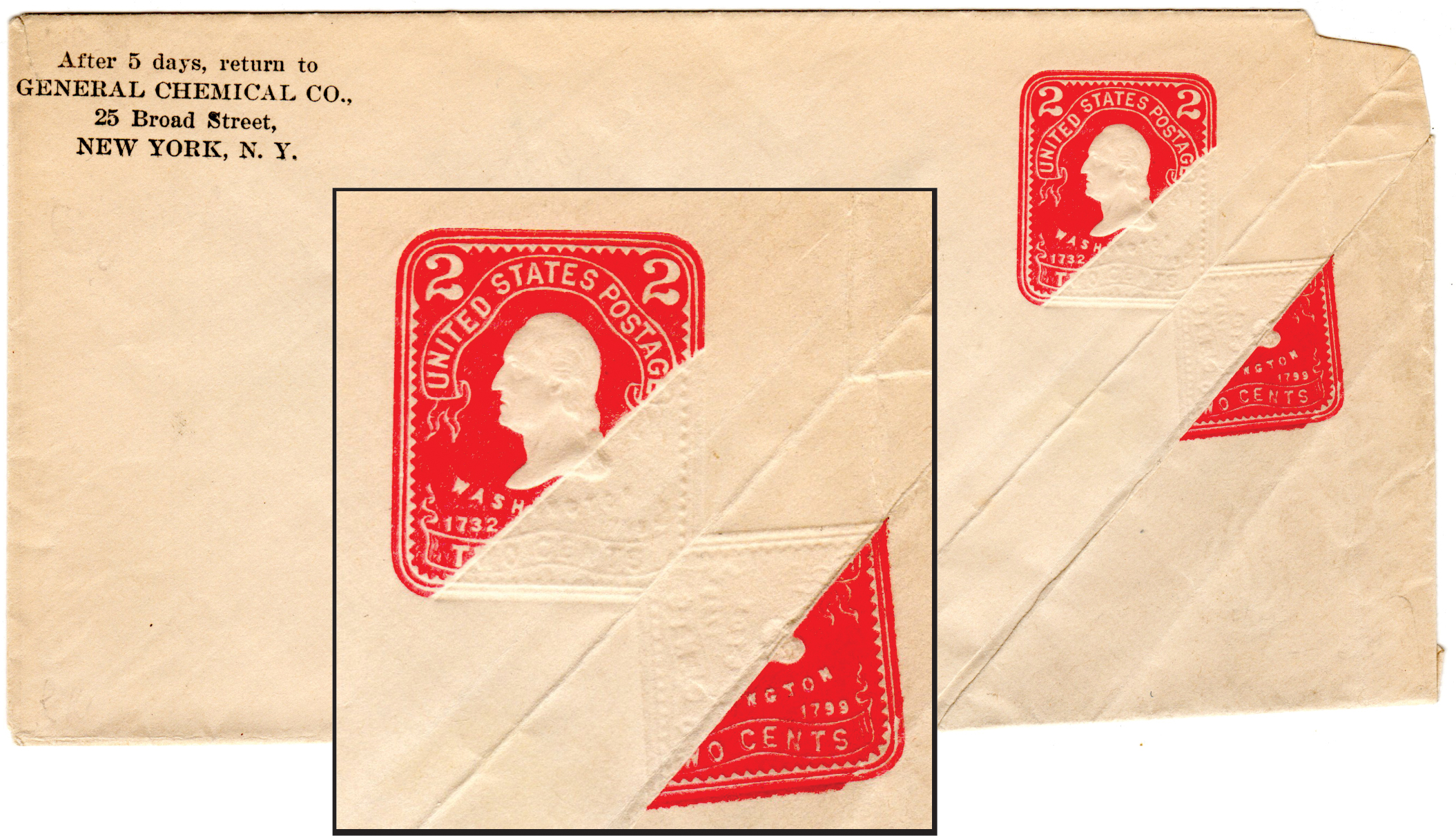
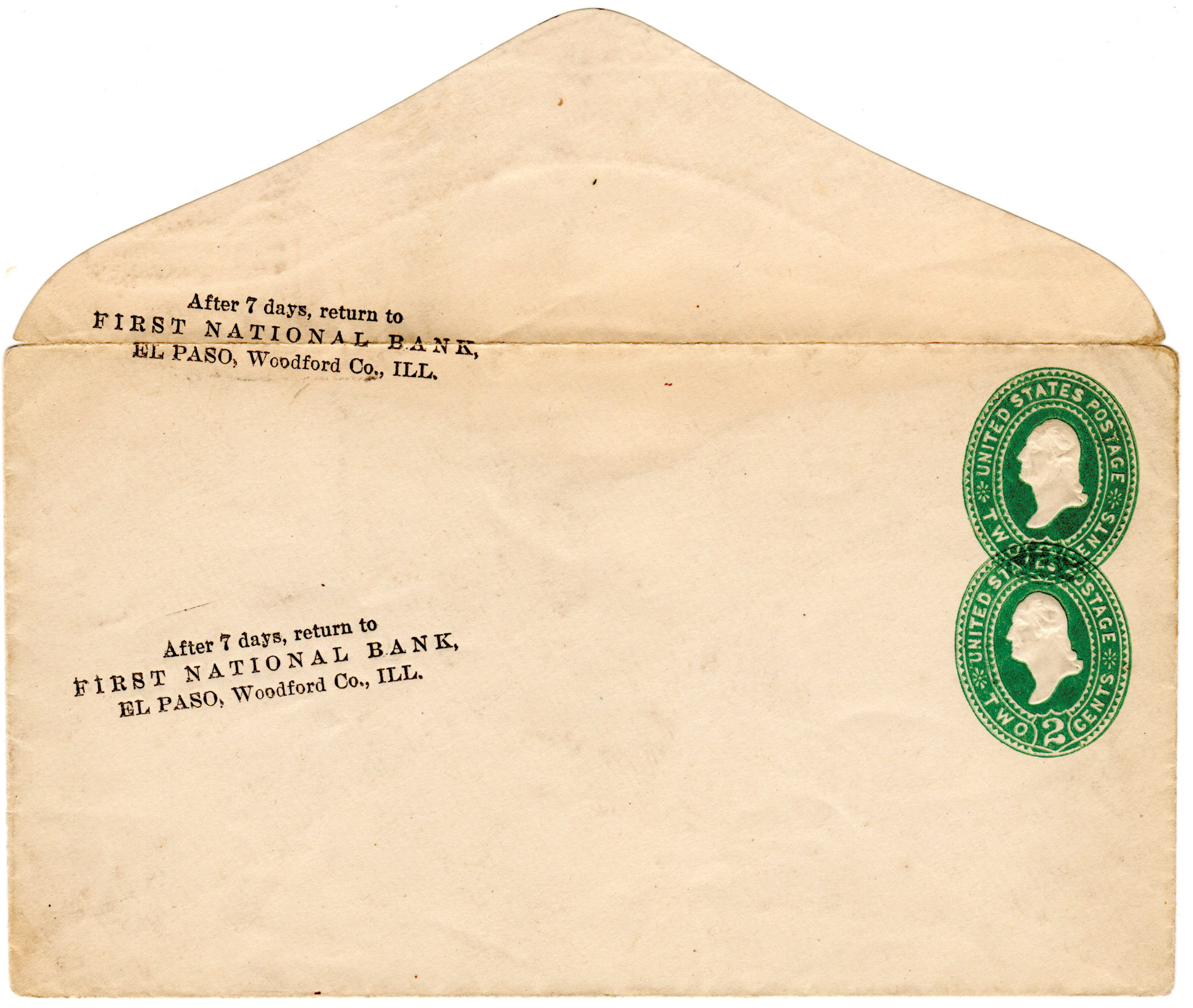
These are postal stationery envelopes. Postal stationery includes items such as envelopes and postal
cards with the indicium printed (or, often misprinted). Additional types of postal stationery are aerogrammes (airletters),
newspaper wrappers, registry envelopes, etc. The stamp printed directly on the item is called the indicium.
Envelopes, in particular, are complex to manufacture. Not only needs the indicium to be printed at the
correct location, but after the printing process, the large sheets of paper making up several envelopes
need to be cut apart correctly and the envelopes need to be folded correctly. Also, the gum must be applied
correctly at the flaps.
In the first example, there is a pre-printing paper crease going through the location where the indicium
was printed. Actually the whole envelope was cut to shape and folded properly, but then the crease could be undone,
showing the indicium with the crease (inset) and the whole envelope has now a distorted shape.
The second envelope went through the printing equipment twice, causing two impressions of both the
indicium and the corner card. The resulting envelope has a normal shape, except that it must have been miscut,
as neither indicium and corner card is properly aligned with the finished envelope.
Because of the production complexities, postal stationery items are a very fertile EFO collecting area. Some
items are quite expensive, for example, items in William Weiss' exhibit of U.S. postal card errors,
but many are not as expensive. There are albino items (where the indicium has no color, due to completely missing color, but it's location can
be determined because of the slight depression caused by the printing equipment) that are quite affordable and just as much fun to collect. For example, the following item was offered
at the EFOCC Auction 158 as lot 158 with a starting price of $8.00. It is a 22¢ airletter, unfolded, with the cutting inverted. It is
a Scott-listed variety.
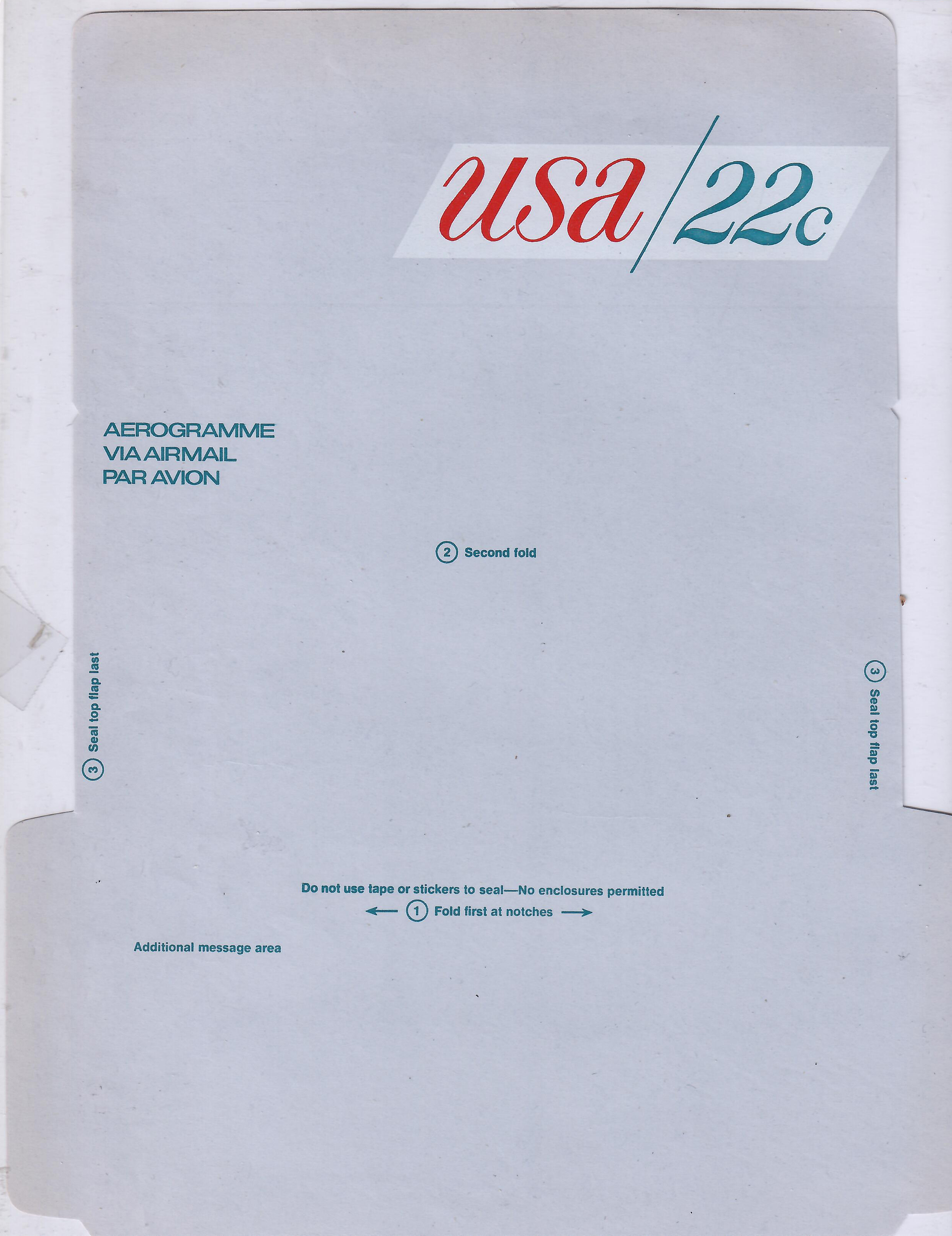
January 19th, 2020

Other Years' Issues:
This year's issues
2024 issues
2023 issues
2022 issues
2021 issues
2019 issues
2018 issues

from Linn's